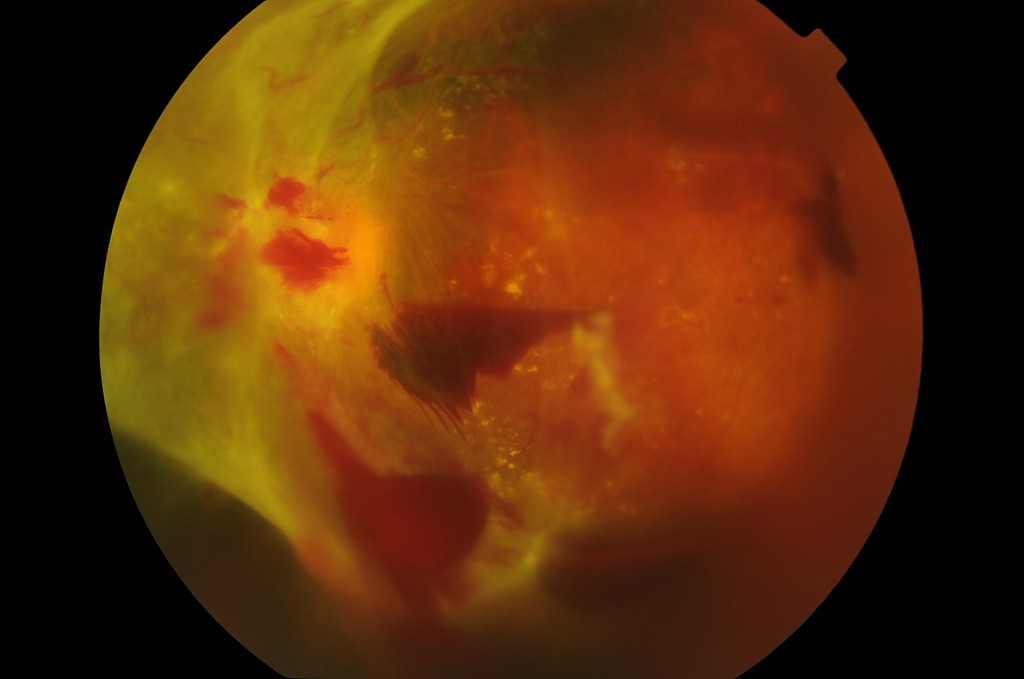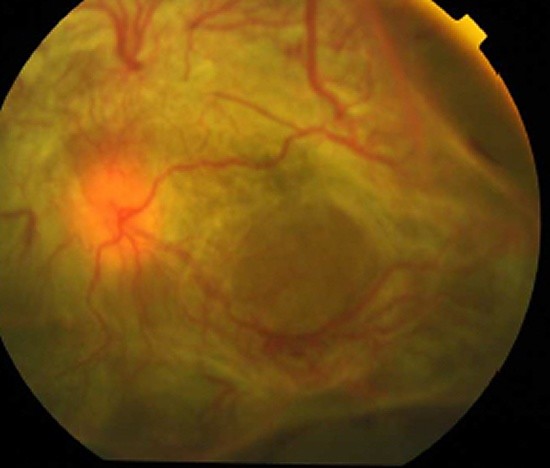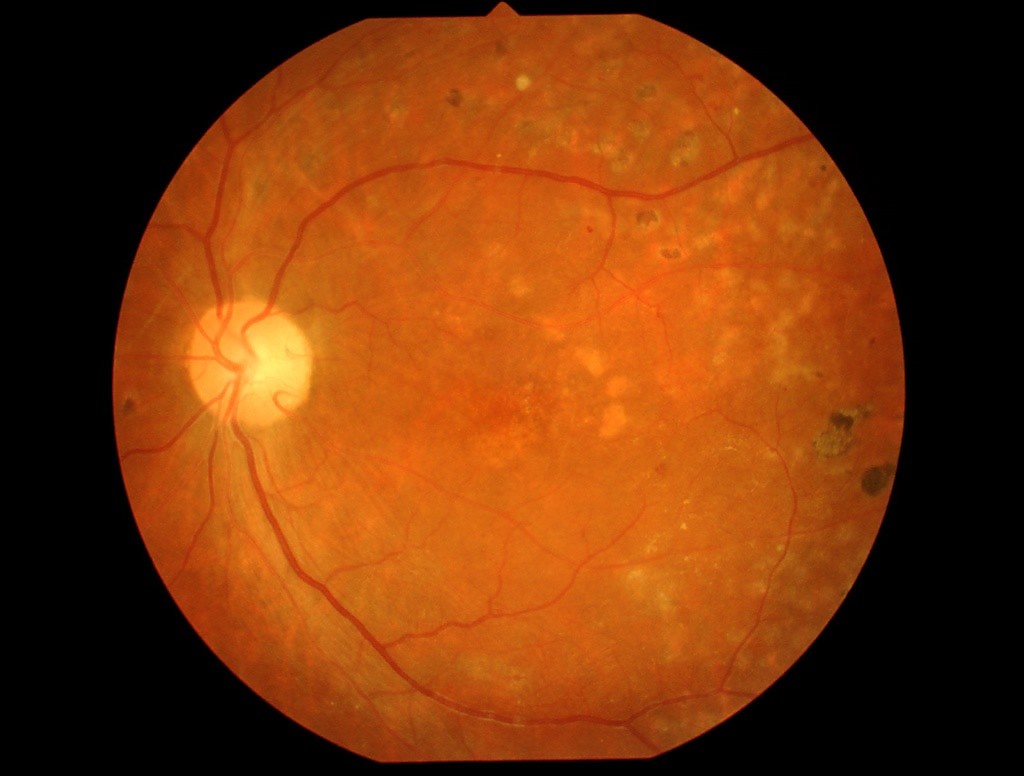Disorders
Diabetic Retinopathy Retina
Epidemiology of Diabetes Mellitus
Diabetes Mellitus is the global epidemic of the 21st century. It reaches more than 382 million people worldwide, corresponding to 8.3% of the world population. It is estimated that in 2035, the number of people with diabetes worldwide reaches 592 million, representing a 55% increase over the population currently affected by the disease.
According to the National Diabetes Observatory, the estimated prevalence of Diabetes Mellitus in people between the ages of 20 and 79 (7.7 million individuals) is 13.1%, which corresponds to more than 1 million Portuguese in this age group. Of these, about 400,000 are undiagnosed.
Epidemiology of Diabetic Retinopathy
Diabetic Retinopathy is the leading cause of preventable blindness in the active population. It is estimated that diabetics are 25 times more likely to blind than the general population. The RETINODIAB (Diabetic Protective Association) group, based on the analysis of the screening program implemented in the Lisbon and Tagus Valley region, assessed the prevalence of RD in patients with type 2 diabetes mellitus. Overall, RD was detected in 16 , 3%. Of these patients, 971 patients had Proliferative RD, requiring urgent referral for a specialty visit. Seven hundred and thirty-two patients (1.4%) were classified with EMD.
What is Diabetic Retinopathy?
Diabetic Retinopathy is an important complication of Diabetes Mellitus. It occurs when the blood vessels in the retina lose their structural integrity, which causes plasma exudation to the extracellular environment, leaving part of the retina without adequate blood circulation. Diabetic Macular Edema is one of the major complications, accounting for most cases of Diabetic Retinopathy with associated visual loss. It is associated with the presence of accumulated fluid in the central area of the retina (macula).
What are the symptoms?
This pathology almost always evolves without visual symptoms, which may arise only in very advanced stages of the disease. In other situations, the disease may begin with acute intraocular bleeding, the first symptom being the spontaneous appearance of spots that partially or totally obscure vision. Identifying patients at risk by allowing them to undergo therapeutic interventions in a timely manner represents the most important challenge for all health professionals involved.
How is Diabetic Retinopathy treated?
Loss of vision due to DIatic Retinopathy significantly decreases with early detection and immediate intervention. Most patients need only regular eye examinations, every six months or every year. In other cases, it is necessary to inject intravitreal medications (anti-VEGF and corticosteroids) and to selectively apply Laser to the abnormal vessels of the retina to reduce macular edema and ischemic areas (without blood supply) in order to prevent the progression of the disease. In the more advanced cases, with intravitreal (intraocular) hemorrhage and / or tractional retinal detachment, intraocular microsurgery (vitrectomy) should be performed.
Request for Consultation
Make your online request here.
1st Consultation - € 85 and following € 80
Genetic Consultation - €90 (Private only)
See our Agreements and Partnerships!


